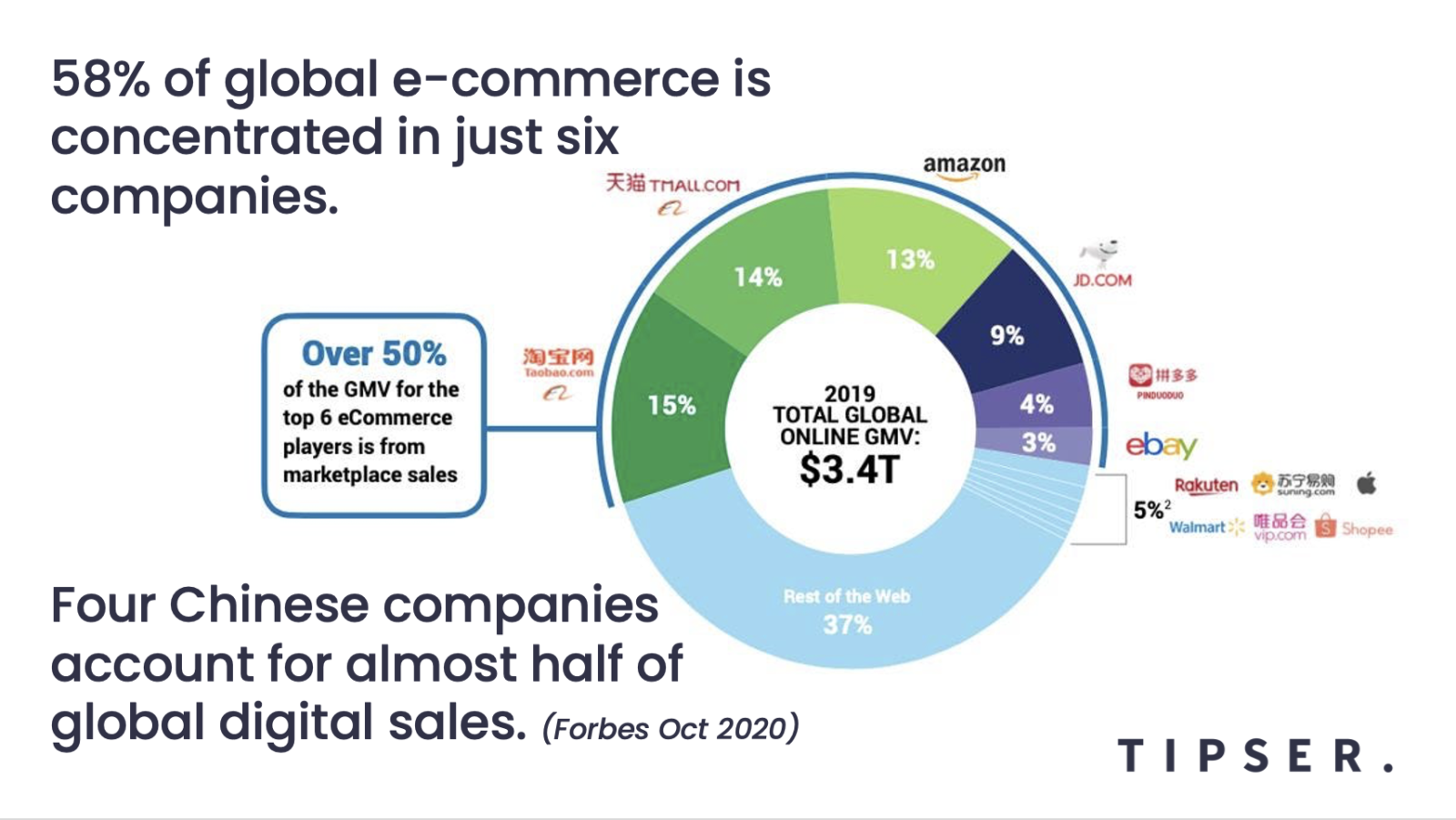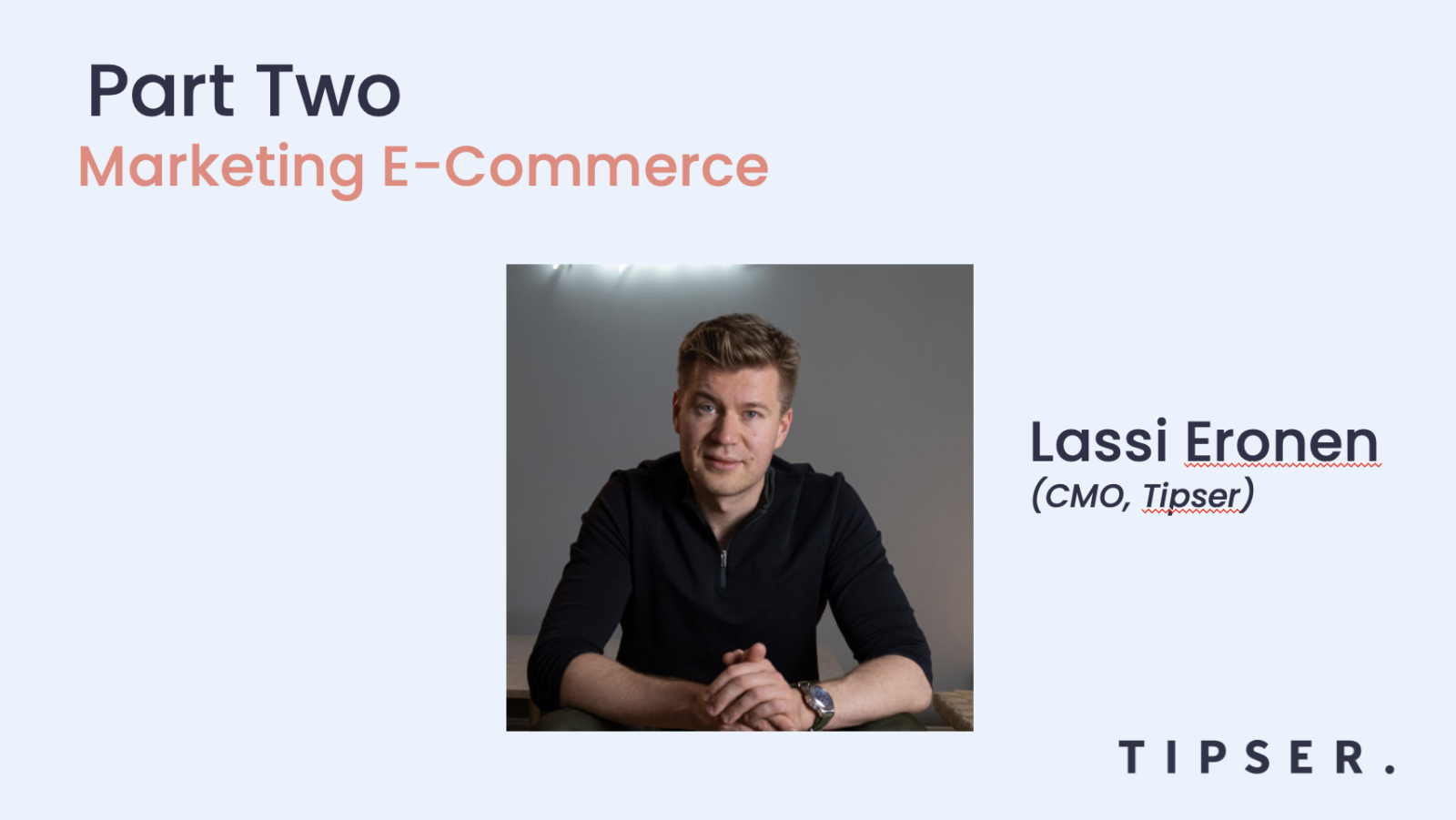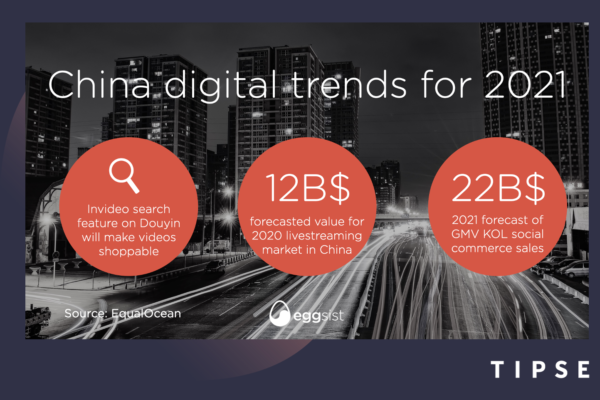FIPP and Tipser’s e-commerce course Week 5: Putting the pieces together
The fifth and final instalment of the FIPP-Tipser e-commerce training course rolled into virtual town last week, in a session that brought together previous learnings and looked towards practical application. Course Host, Damian Radcliffe, was joined by Tipser CMO, Lassi Eronen, who provided detailed insights into how to effectively market your e-commerce play.
Throughout the five week course one of the biggest – and most popular – topics has been the sheer size and influence of China’s e-commerce market. In opening the final session, Radcliffe recapped some of the key learnings from this region.

“We touched on the fact in previous weeks that China’s e-commerce play is big, but you may not necessarily realise how big. Over the course of the past year, we’ve seen the emergence of shoppable video on Douyin, which is the TikTok equivalent in China. That makes it possible for you to watch a video from a brand or influencer, and then be able to click-through and buy the product without leaving the app.”
“Another big trend that we’re already seeing more and more of in China, and would expect to increase around the world, is live-streaming. And additionally, a new bit of lexicon you need to learn: ‘KOL’s. This is the term we often use when talking about social media and e-commerce in China to talk about influencers. They are incredibly powerful in terms of their ability to drive sales, with products sometimes selling out in a matter of seconds.”
Radcliffe said that 58% of global e-commerce is actually dominated by six big companies, and four of those are based in China, with only one having any real kind of international footprint. He also emphasised the impact of the growing middle class population in the country, and says that particularly amongst China’s young people, shopping has become a type of entertainment.
“We also know that there is the emergence of a more affluent middle class in China – the amount of money people have in their pockets has grown considerably over the past couple of decades. And that is creating much more of a consumer culture. Particularly for younger audiences, a lot of that consumption is generated and created on their phones, on social networks, and shopping for a lot of them is a form of entertainment. They not only enjoy shipping, but also the way shopping content is presented to them.”

In the second half of the session, Tipser’s CMO, Lassi Eronen, emphasised the importance of marketing your e-commerce play. Beginning with a more conceptual look at how to think about marketing your e-commerce, he then went on to guide attendees through more practical aspects, such as how to build a marketing system, fix common problem areas, and conduct effective audits.
“I think it’s really important top spend time thinking about marketing and how important it is. Because a lot of – in the case of the attendees here, media businesses – are not e-commerce businesses, and they are not by default experts in marketing, especially in e-commerce. That is something quite new, and you really have to wrap your head around it and have the right tools and the right mindset.”
Eronen provided the group with a recipe, consisting of four key ingredients, which he says are absolutely crucial to e-commerce success:
- Relevant offering: this is key in every kind of business – your offer needs to be right for that person.
- Trust: you have to build trust over time, people don’t just take you at face value.
- Timing: people are not just ready to buy at any point, so you can’t just shoot things at people and hope that it sticks – the offering needs to come in front of their eyes at the right time.
- Urgency & scarcity: these are very important, especially when it comes to selling something on a media outlet.
“In addition to that the final variable here is volume,” he emphasised. “I have seen many businesses being able to nail those four things, but only able to do so in such a small part of their business or sub-section section of their audience that it does not generate enough volume for it to be a viable business. You have to identify the niches, and the offerings, and the audiences that are big enough that it can generate a substantial amount of revenue.”
“Obviously as a publisher, you are less likely to have a problem with volume. You may have millions of readers already. So it just becomes a question of how do we get the right offer in front of them, how do we get them to trust, and how do we create the urgency/scarcity to get them to purchase. And don’t overlook the basic funnel: Attention, Interest, Desire, Action.”
It was a strong end to a course that has covered the length and breadth of the growing e-commerce market over the past few weeks, and you can find overviews on each of the previous modules here:










